In the past, most television licenses and sales were made person to person — it was how the industry conducted things for decades. Technology then made the game easier, but today’s technology has created a colder, less accessible world.
My producer partner, Tom Broadbridge, and I, are a perfect example. We own a 26 half-hour series, Bingo & Molly, produced for TLC in 1997. The series was awarded a Cine Golden Eagle for Excellence in Programming, so it was a proven show of quality. After ignoring it for years, we decided it was time to monetize it while we were both still above ground. The first step was learning the lingo. What did it all mean?
I used to assess libraries and rights for corporate library sales. The standard was “all rights now known or hereafter discovered” for product produced mainly after the advent of television because in the 1940s, no one thought there were going to be rights other than film. We always made jokes about “napkin licenses,” where the producer was drinking with the distributor, or the writer with the agent, and they wrote their agreement on a bar napkin. Truth . . . one of those existed in a library I was assessing.
At UCLA I taught a class on digital rights and created a thick notebook on the new language to share with my classes. All that is now out the window. The last contract I received recently I had to Google what the rights were and what the abbreviations stood for. The abbreviated new rights definitions are:
AVoD – Advertiser Supported Video On Demand
DTR – Download To Rent
DTO – Download To Own
FVoD – Free Video On Demand
SVoD – Subscription Video On Demand
TVoD – Transactional Video On Demand
FAST – Advertiser Supported Linear Streaming (Don’t ask, please.)
The worst part, however, is that today there is no possibility to call someone, a real person with a name, or even send them a letter with information. What you mostly find are teams. It appears that these departments have such turnover that it is easier to have a ‘team’ rather than an individual who might not be with the company for long.
The following is an illustration. We have a completed series to pitch to Discovery for streaming. Discovery has a producers’ portal to go to and sign in. I went and filled out form after form. Then I was validated, then validated again, then validated for a third time. By the time I was finished I went for a margarita to forget about it.
The next thing is how one is paid. The streaming royalties start at $0.0012 a stream. A friend just told me they were thrilled to find they had exceeded a million streams until they saw their royalty was about $900.
If you can eventually find a place to pitch your series or movie, what you next find is that a top series from the ’80s or ’90s has to be transferred from its BETA life to the latest form of high definition. Then, the general attitude is “OK we’ll represent it for you, but no promises.” The offer is an eight-year contract and no minimum guarantee or an advance.
The younger generations now have control of the purchasing and programming as is usual in any business. But are they aware what is out there? Series that could be of interest hiding in someone’s attic if lucky, or basement if not. And the sad part of the story is, if someone remembers or finds one of these series or movies, they will be up against a stone wall trying to figure out what to do with it.
Pictured above, Alice Donenfeld during an interview for VideoAge‘s Hall of Fame feature, which was published in the April 2018 Issue.

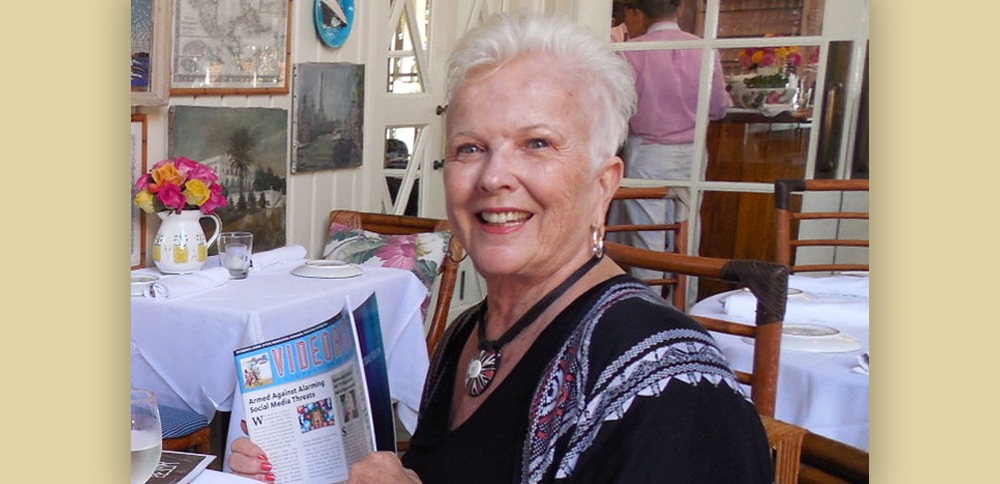
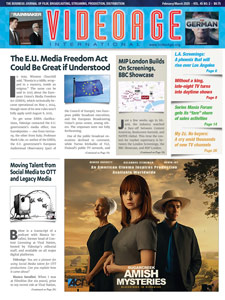

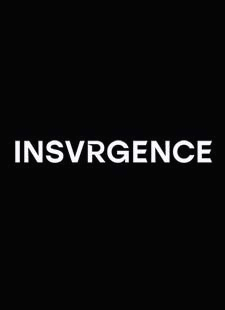

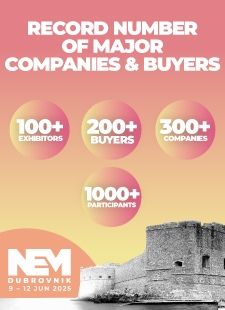
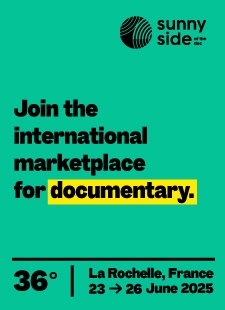

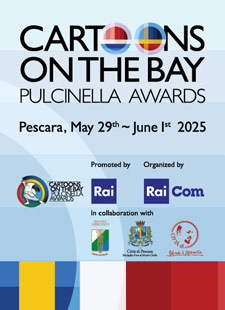

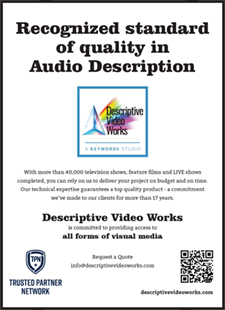
Very interesting!
Super work Alice